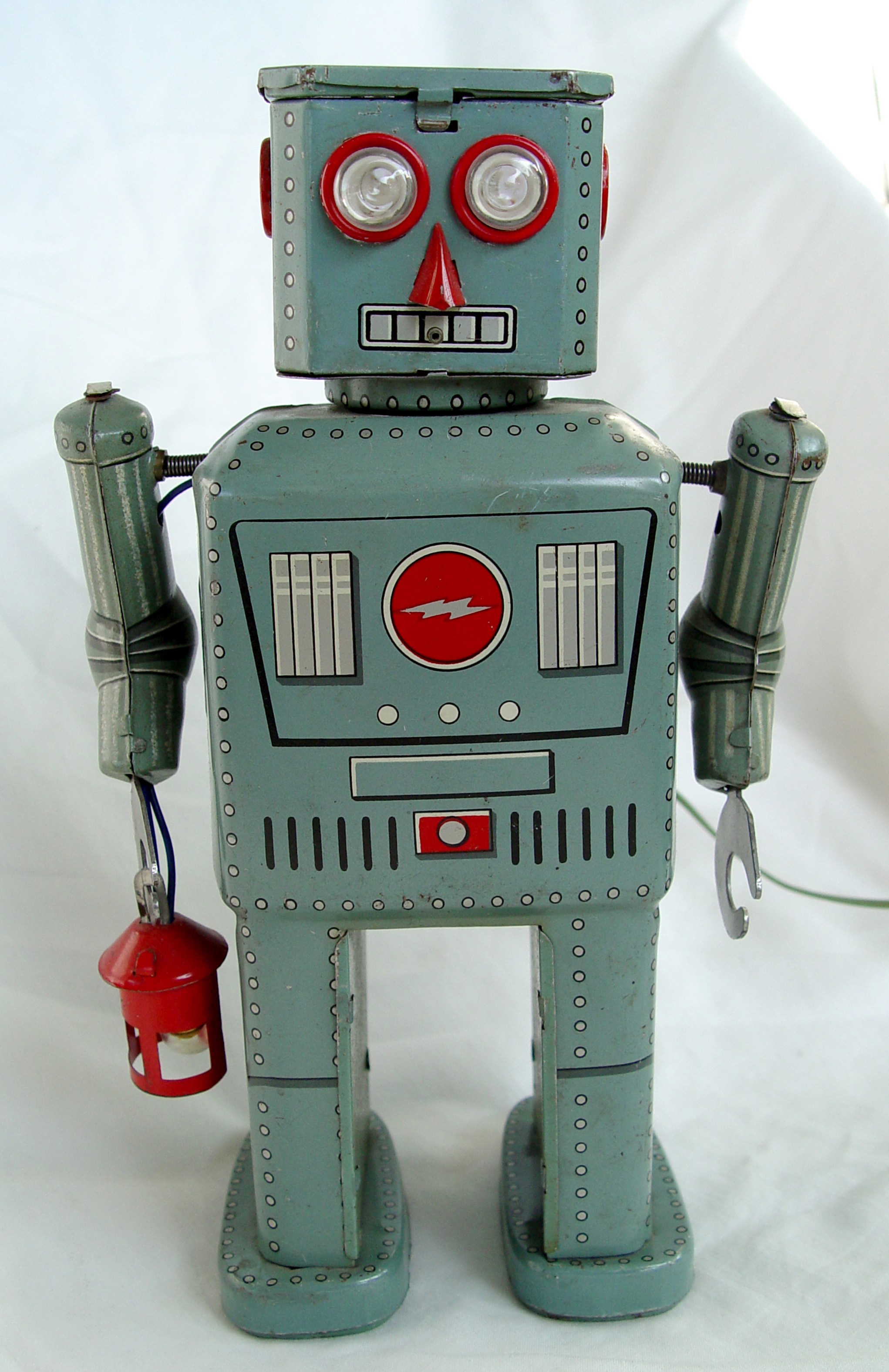Last week we sadly took apart out robot friend and came to class eagerly awaiting another project. After learning about force and potential vs kinetic energy and all that other fun stuff we brought the Lego’s back out! This time to use the brain and motor to lift weights via a pulley system.
We started with the beam with the pulley. The motor was attached to the bottom and a string ran from the wheel on the motor through the pulley. We got to test different power levels and weight combinations and graphing the results.
Using LabView and Excel combined we were able to run the pulley using the robot and record how much battery we used, mass it lifted, acceleration gained and even the potential energy we used!
Generic :This shows where all of our trial runs of the pulley got logged. Using this info we then made graphs to analyze the data and determine correlations between functions.
The first 4 runs we did had a constant power level of 75% and we changed the masses from 50g, 100g, 150g, and 200g. This graph shows the correlation: Acceleration vs Mass. This graph shows as mass increases, the acceleration decreases.
The next 4 runs had a constant mass of 200kg. We then changed the power level accordingly, starting with 25%, 50%, 75%, and 100%. This graph shows this correlations: Acceleration vs Power Level. This correlation, similar to the first one, was direct. As the Power Level increased, the acceleration increased as well.
Using the data from the 8 runs in total we determined the amount of battery discharge: Battery Discharge. The data of battery discharge was difficult to interpret, hopefully we will learn more about it next class.
Finally we discovered the relationship between power level and power usage. Power. The direct correlations of power level vs usage states that as the power level increases, the power usage naturally increases as well.
And that was it as far as experiments for this week. Till next time…


